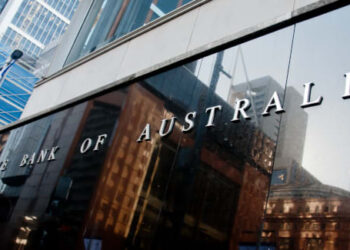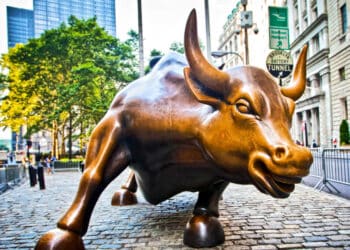The seasonally adjusted unemployment rate rose by 0.2 percentage points to 4.1 per cent in April, up from a revised 3.9 per cent in March, according to data released today by the Australian Bureau of Statistics (ABS).
The consensus was for unemployment to reach 3.9 per cent.
Employment rose by around 38,000 people and the number of unemployed grew by 30,000 people, leading to an uplift in the unemployment rate to 4.1 per cent and a participation rate increase to 66.7 per cent.
Bjorn Jarvis, ABS head of labour statistics, said: “The 30,000 people increase in unemployment reflected more people without jobs available and looking for work, and also more people than usual indicating that they had a job that they were waiting to start in.
“The increases in both employment and unemployment in April saw the participation rate up by 0.1 percentage point to 66.7 per cent in April. It has been relatively high, above 66.5 per cent, since March 2023.”
The employment-to-population ratio remained steady at 64.0 per cent in April, indicating that recent employment growth is broadly keeping pace with population growth, Jarvis said.
This, according to him, suggests that the labour market remains tight, though less tight than late 2022 and early 2023.
Good news for the RBA
According to HSBC’s Paul Bloxham, the labour force survey delivered “good news” for the Reserve Bank.
“The jobs market is loosening, but still mostly from the supply side as net new hiring was strong. Yesterday’s wages print also showed that wages growth appears to have passed its peak. Goldilocks,” Bloxham said.
“The impressive element is that this jobs market loosening has occurred while labour demand has remained resilient.”
Bloxham pointed out from the RBA’s perspective that a cooling jobs market will aid the disinflation process, highlighting that its origin from the supply side is preferable to stemming from job cuts.
Wages growth having past its peak is also a positive sign for the disinflation process, he added.
“The two data prints together suggest less likelihood the RBA will need to lift its cash rate again – in line with our central view,” he said.
However, Bloxham cautioned that the central bank would still be digesting the implications of the budget, noting that increased spending is expected to support a pick-up in growth in the second half of 2024, and underpin core inflation that remains too high.
“Our central case is that core inflation will remain too high for the RBA to be able to cut anytime soon, and that this will be the case despite a gradual further trend rise in the unemployment rate through 2024,” the economist said.
“On rates, we expect the RBA to be on hold through 2024, with cuts not likely until Q1 2025 and a tangible risk that it takes even longer for cuts to arrive.”
Also sharing her thoughts on the latest ABS data, CBA’s senior economist, Belinda Allen, said: “Mechanically, we do expect the unemployment rate to continue to lift from here.
“The strong lift in the supply of labour is expected to continue, despite efforts to slow net overseas migration. A below trend economy will continue to be unable to create enough jobs to match labour supply. We expect the unemployment rate to reach about 4.5 per cent by the end of the year.”
Ultimately, the big four bank said recent indicators, such as falling job ads and rising applicants per job, along with a slowdown in wage growth, support the expectation of a November start to the RBA’s easing cycle, although fiscal policy remains a risk factor.







